Microsoft started rolling out the Windows 10 November 2021 Update for everyone. The latest feature update for Windows 10 and all compatible devices receive it for free. Previously windows 10 feature updates get downloaded and install automatically but with the latest Windows 10 version 21H2, you need to click the download button when it is available for you. Also, Microsoft has released the official Windows 10 update assistant to make the upgrade process error free. Here this post explains how to install the latest Windows 10 21H2 update using the windows update assistant tool.
Microsoft has releases feature updates to Windows 10 version 21H2to end-users. The latest major update for windows 10 comes with a redesigned start menu with theme-aware tiles that adjust their color scheme according to the user's chosen theme. A new more touch-friendly taskbar, ability to adjust the refresh rate for a display and more. Well, all compatible devices get a notification to download Windows 10 version 21H2.
And when you are ready and hit the download button Windows 10 21H2 update download and install on your device. That means you have more control over windows 10 feature updates. But unfortunately, some users are experiencing issues where feature update to Windows 10 version 21H2 failed to install Apart from this, the windows 10 21H2 update stuck for some users. On devices with an older release of Windows 10, the upgrade will also be optional. However, it'll require full reinstallation to version 2004, before the option to upgrade to version 20H2 becomes available. Although feature updates are now optional, computers with a release nearing the end of life will eventually upgrade automatically to keep the device supported.
A simple way to fix the feature update to windows 10 version 20H2 not installing error is to run Windows Update Troubleshooter. This Windows built-in utility can determine/restart the Windows Update services and delete all the unwanted cached files. Installing the upgrades is also straightforward and easy to do.
However, if you find yourself stuck with the whole process, there is a helpful wizard that can guide you through it. To complete the process, the app will prompt you to restart your PC. If everything goes well, your device should be running the latest available Windows 10 version after the reboot.
Windows 10 Update Assistant promises to install the update without losing any of your files. However, it is always better to do a quick system backup before starting the installation. To get started with Windows 10 Update Assistant, you need to download and install the app by running the downloadable EXE file.
With this, novices will not have a hard time installing the app on their computers. Once complete, it will automatically add a shortcut to your desktop. From then on, it will only take a couple of clicks to get your updates rolled onto your computer. Because version 21H1 is based on version 2004, using Microsoft Update Assistant is recommended for devices running an earlier version.
If your computer or laptop runs Windows 10 versions 2004 or 20H2, the May 2021 update will arrive as a complete installation that will take more time to download and install. There is also a chance you may experience upgrade problems. Microsoft Update Assistant will now download the files it requires and install the 21H1 version on your device while keeping your apps, settings, and files intact.
How much time the update will take depends on your internet connection and hardware configuration. Windows 10 October 2020 update, i.e., Windows 10 version 20H2 update, is the newest feature update to Windows 10, available for public starting 20th October 2020. This article discusses how to Install Windows 10 20H2 offline or manually.
To get started, just download and install the tool by running the downloaded EXE file. Once the streamlined installation process is completed, the tool automatically adds a shortcut to your computer's desktop. As noted, the app lets you install the latest updates that come out for Windows 10.
It will automatically remind you to do that whenever a new update is available. Additionally, you can set the program to install them on your device automatically, so you don't have to do it yourself. Windows 10 Update Assistant checks if your device is compatible with the upgrade.
Secondly, it determines if your computer passes the requirement tests, namely the CPU and memory configuration and disk space availability. Only if your computer meets the necessary criteria will the download action begin. There are a couple of methods for users to install the latest version of their Windows devices. The most common of which is through the help of the built-in feature, Windows Update, readily available from the Settings menu.
However, some users have been unfortunate as their computers stubbornly refuse to install the official Windows update. As the name suggests, this utility application allows users to download and install the latest upgrades for Windows 10. According to the support document, Microsoft has released a Windows 10 OOBE update titled "KB " to enable a new upgrade experience to Windows 11 Home or Professional. However, there's a catch – this process requires users to reset the device or clean install Windows 10. Based on the prior feature release processes, for example, I know that at the office I will need to deal with repairing PDF printers that will be impacted by the feature update. I use various software products from Intuit, and I have to use the PDF repair tool to fix up my QuickBooks after the feature update process.
I also check that backup software and other applications that I have installed on my standalone computers and workstations are happy after the feature update. However, if it's been some time since the new release became available and you're not seeing the notifications, you can try to force the upgrade using Windows Update. As per usual, Microsoft will push the Windows 10 version 20H2 slowly, starting with devices known to have a good upgrade experience, and then the rollout will expand more broadly. Usually, most devices are expected to receive the notification to upgrade within the first several days, but it'll take time before the update installs on every supported hardware configuration. If you want to get the fall update early, it's possible to force it manually in at least three ways using Windows Update, Update Assistant, and Media Creation Tool.
Windows 10 20H2 Update Assistant Download The utility is like the Media Creation Tool, but the difference is that you can only perform an in-place upgrades to the latest version available at that time. As Microsoft has been doing lately with Windows 10 feature updates, it will be throttling the delivery of the 20H2 update, delivering it first to devices where it is likely to have fewer issues. As has been the case recently, Microsoft will likely issue "safeguard holds," designed to prevent the feature update from installing on devices where there are known issues and incompatibilities.
If you want a clean slate, you can manually install the operating system to get a fresh copy running on your device once you have downloaded the ISO files from Microsoft. Just keep following instructions on the Media Creation Tool. HI I HAVE DONE everything you've said here and well it worked for a while. Then i allowed windows to update a couple of days ago. It downloaded windows update assistant and started downloading update which every time it failed and i dont know why.... You can also create bootable USB flash drive of Windows 10 Creators Update using this tool.
Currently it's only available to advanced users who manually check for updates using Windows Update or download the feature update using official Microsoft tools mentioned below. Discus and support Windows Update 21H1 redownloading via "Windows 10 Update Assistant" instead of installation. In Windows 10 Installation and Upgrade to solve the problem; I have a Windows of version 1903. I received a feature update to 20H2 which could never install I don't... Discussion in 'Windows 10 Installation and Upgrade' started by _.NightKnight._, Jun 27, 2021. Sometimes, Update Assistant automatically installs updates and restarts your device, which can interrupt or damage your work.
Also, installing new updates might produce incompatibilities or buggy issues on your device. In conclusion, Windows 10 Update Assistant is a useful application to those who are using Windows 10 computers. The app simplifies the process of installing the latest Windows 10 update on your devices, so you don't have to do much work.
Moreover, it installs them without you losing any data. Note, however, that downloading and installing upgrades sometimes take time and can be resource-intensive. The latest Windows 10 update is released gradually to Windows 10 PCs. When the update is available for your PC, it will be available to download and install via Windows Update. However, if you wish to jump the queue and install Windows 10 20H2 manually, open Microsoft.com/en-us/software-download/windows10, click Update Now to download Windows 10 update assistant.
Then, open the update assistant to install Windows 10 20H2 update manually. When the update completes the first phase of the installation, you will be prompted to restart your PC immediately. The update assistant will also initiate a 30-minute countdown.
If you do not select an option, after the count down, your PC will restart and the update will start installing. Choose Runafter the download to make sure your hardware is compatible. Then Accept and Install to agree to the licensing terms and begin the installation.
When the program is finished installing, you'll be prompted to restart your computer. Your PC might restart several times during the process of finishing the installation, so don't be alarmed. For the most part, Windows updates happen silently in the background, only installing after a prompt or when you shut down your PC.
However, there are occasions when the update system needs a helping hand. If your Windows update runs into an error, you aren't alone. This setback has been a widespread issue for the OS since Microsoft dropped their quality assurance team and relied on users through preview builds, feedback, and more. Of course it is always wise to stay current with the latest update releases, so make sure you set Windows Update to also include updates for other Microsoft applications. Microsoft 365 installations will automatically keep themselves up-to-date but you can always check for updates manually. The Update Assistant is a first-party tool that allows Windows users to keep track of all the latest feature updates.
With its help, you would be able to download optional updates and install them effortlessly. You could even manage the timing of the updates with this application. The tool will check if your device is compatible with the latest Windows 10 version. Select Next and the Update Assistant will download and install the update on your PC. This may take a while, depending on the size of the update, your internet speed, and other factors. This service handles the delivery of software updates to Windows devices.
Your PC may fail to automatically download or install a new update if the service is malfunctioning or inactive. Restarting the Windows Update Service can force Windows 10 to install an update. Select ISO file to download the update and store it on the device, or pick a connected USB Flash drive with at least 8 Gigabytes of storage space to create installation media right away. Select "update now" on the first screen to start the process. The Windows 10 Update Assistant checks hardware parameters, e.g. storage, to make sure the upgrade can be downloaded and installed, before the download is started automatically. Windows 10 Update Assistant can help you configure Windows 10 Feature Update on your PC.
Besides installing the updates, it will keep your system secure and provide the latest features and improvements. The program can be easily deployed to Windows 10 PCs that have not yet had the latest update installed. I always use the release of a new feature update to be the sign that I need to ensure that all of my main computers are on the prior release. I prefer to stay one release behind, as it typically provides me with a stable system with full Microsoft support, and I'm able to identify what issues I may face. So I'm using this time to ensure I have a copy of Windows 10 21H1, which was released in May, saved on a flash drive or on a storage location on a hard drive. My advice is to hold off installing either release for the time being.
Many of us Windows admins consider it unwise to install either a new feature release or a new version for several months after it's been released. Time after time we've seen the first few updates after each major release full of fixes for bugs and issues triggered by the new release. Microsoft makes it easy for you to opt into beta testing, but not as easy to opt out.
Complicating matters somewhat, if your computer meets the Windows 11 hardware requirements, you might additionally see that OS as available for installation in Windows Update. Microsoft will release Windows 10 20H2 update to users gradually. Over time, this major, bi-annual feature update will become available to download and install via Windows update.
If due to any reason, the latest version not available for your system? Or Experiencing problems such as feature update to Windows 10 version 21H2 stuck downloading, failed with different errors. Let's use the official Windows 10 update assistant to manually update to Windows 10 version 21H2 build 19044.
Check and make sure your system meets the minimum system requirements for install Windows 10 venison 21H2. And make sure you have a stable internet connection to download the latest windows 10 update package or files from the Microsoft server. Disconnect VPN and Temporarily uninstall third-party antivirus if install on your computer. Usually, the process using the Update Assistant should take less than an hour to complete.




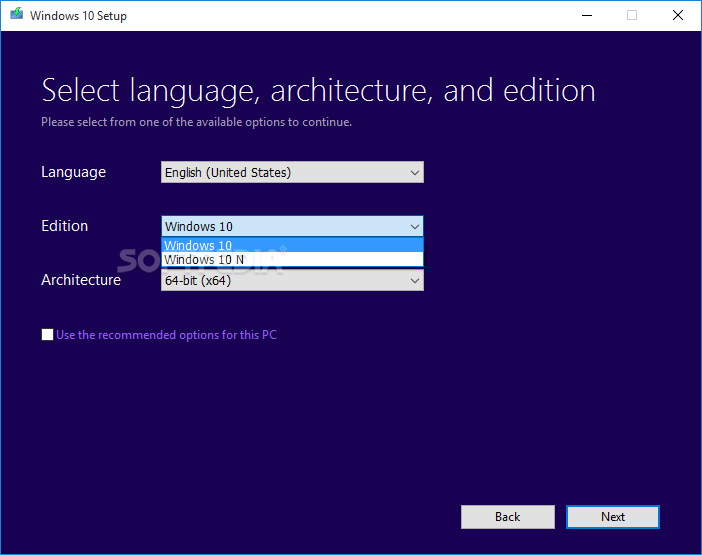


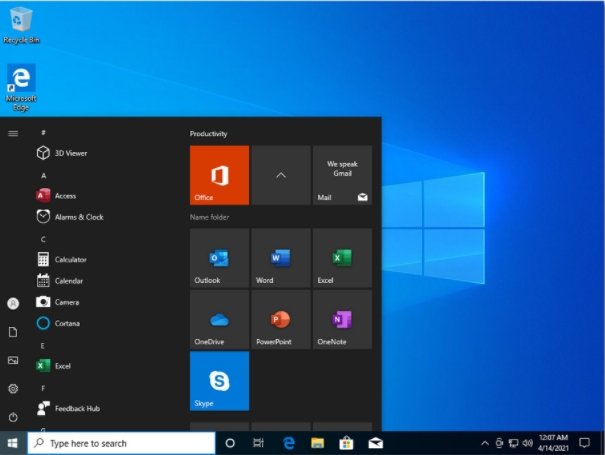


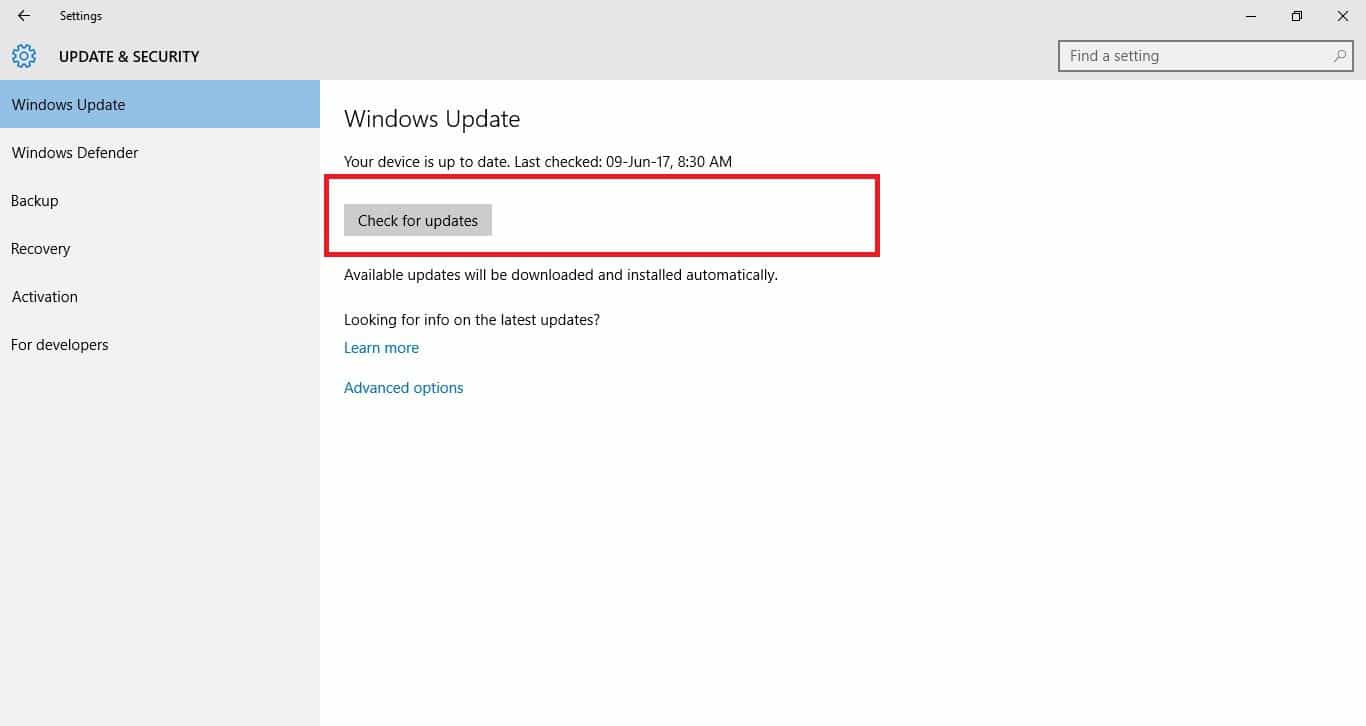
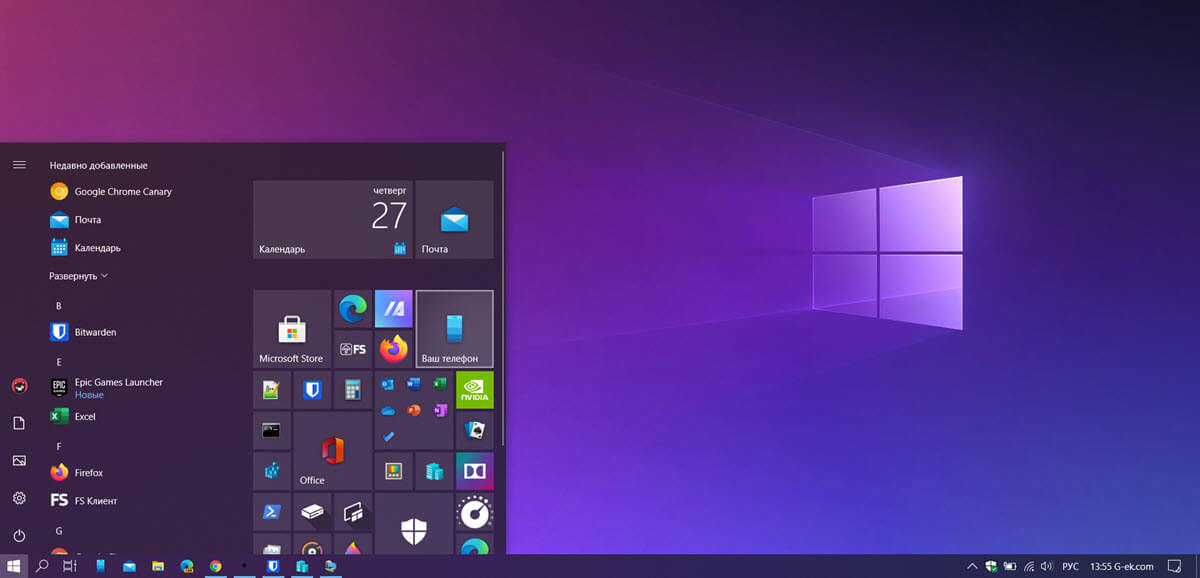












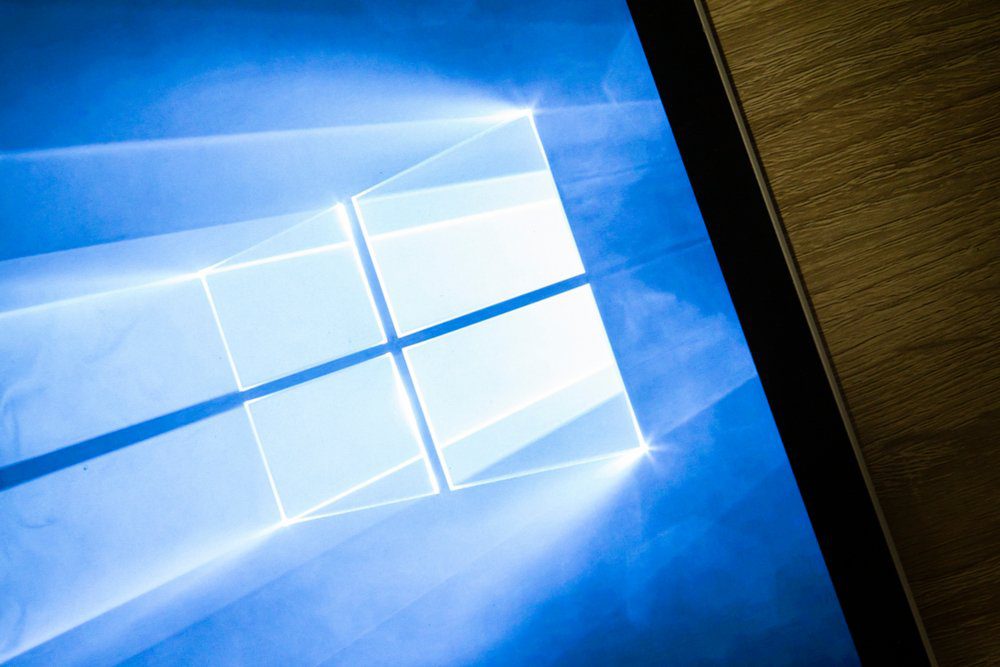

No comments:
Post a Comment
Note: Only a member of this blog may post a comment.